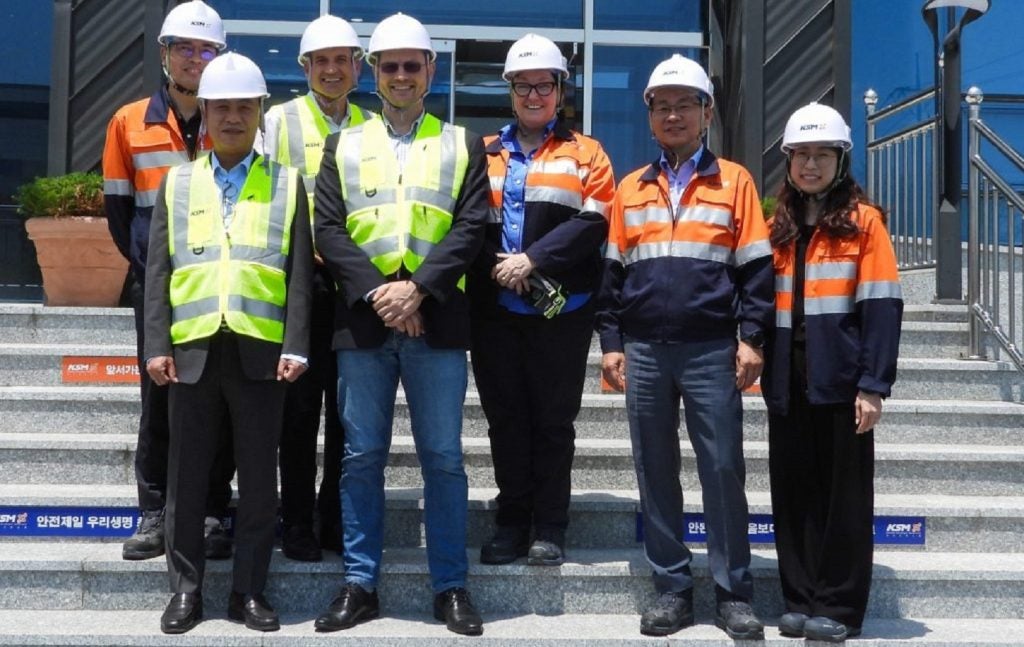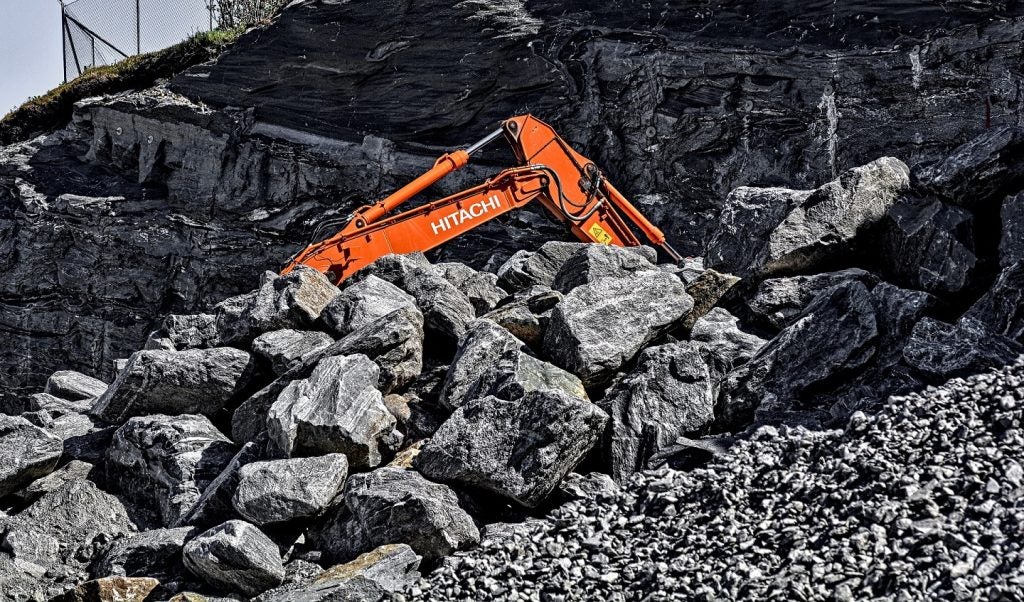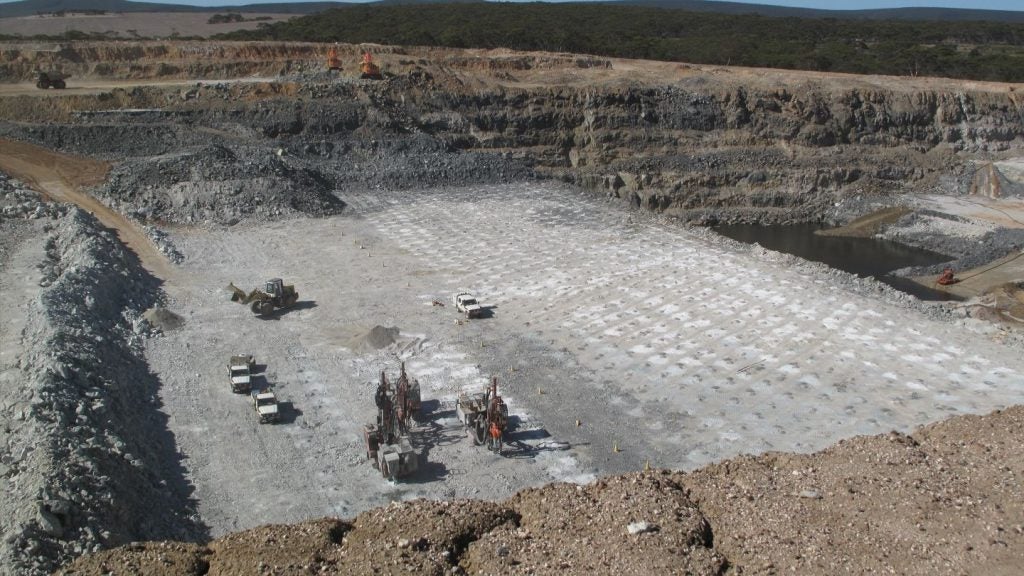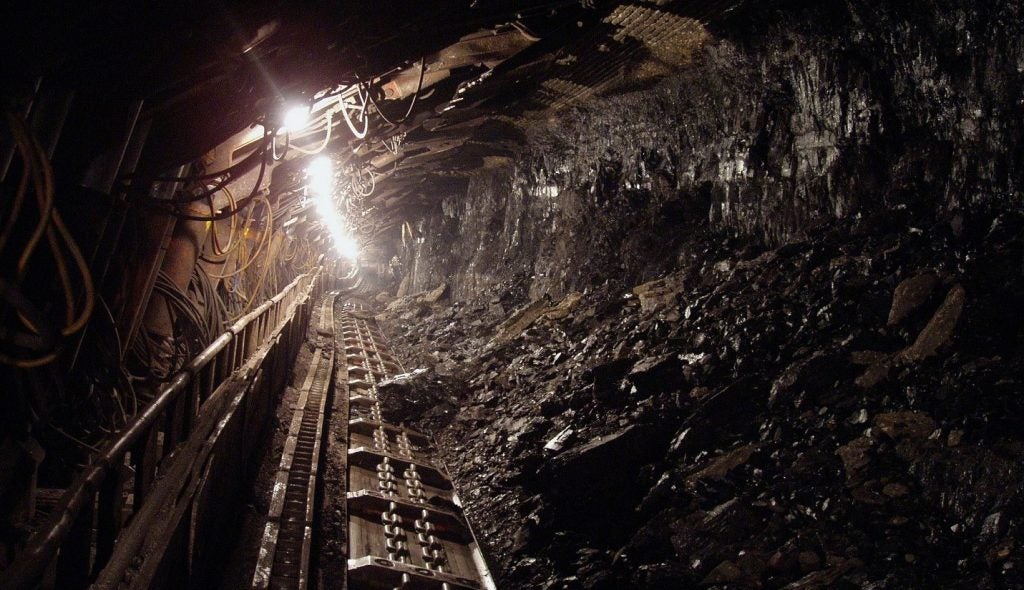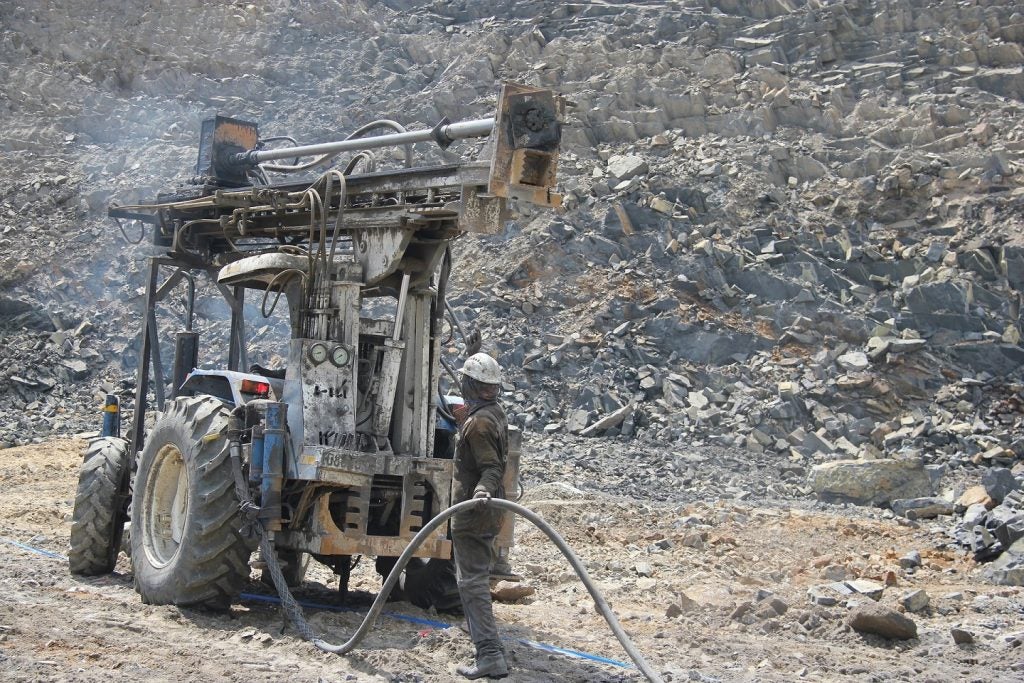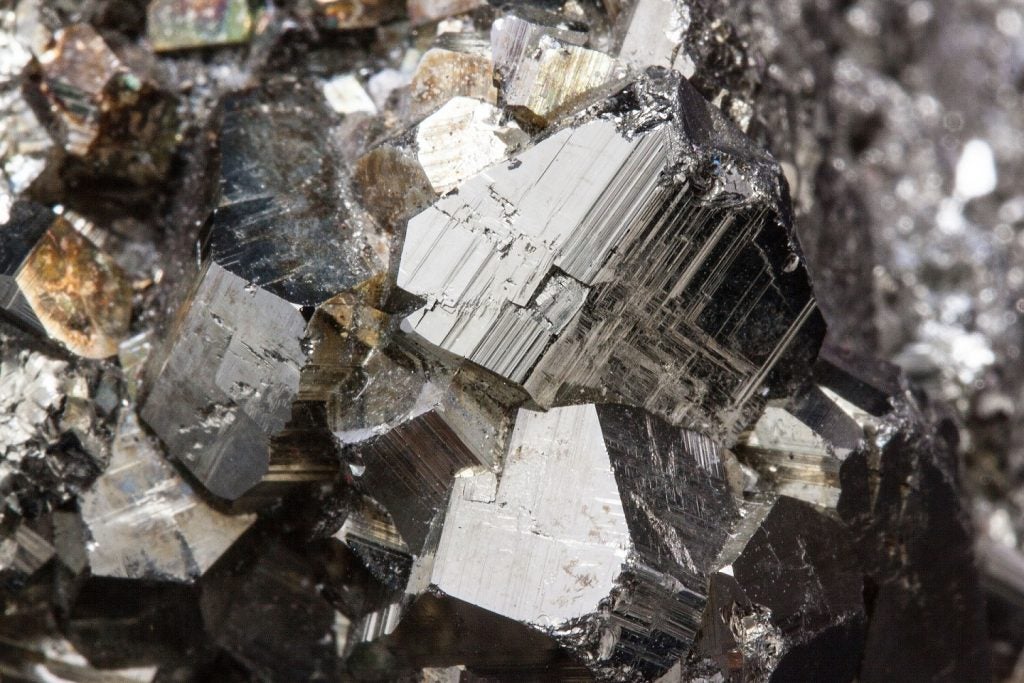Critical metals producer Australian Strategic Materials (ASM) has signed an agreement with magnet maker USA Rare Earth (USARE) to supply the latter with neodymium iron boron (NdFeB) alloy from the Korean Metals Plant (KMP) in South Korea.
Under the five-year sales and tolling framework agreement via subsidiary ASM Korea, ASM will start NdFeB alloy supply in 2024 to USARE, which is ramping up the production of high-performance rare earth magnets.
Rare earth magnets are used in technologies ranging from mobile phones and medical devices to electric vehicles (EVs) and several defence applications.
USARE CEO Tom Schneberger said: “ASM provides us with predictable access to a non-Chinese supply of rare earth metals, which allows us to ramp up our initial production and accelerate our goal of generating revenue, while we continue to construct our own mine.”
This deal will secure the majority of metal and alloy requirements of USARE for magnet production until it begins using materials from its Round Top reserve in Texas.
In a press statement, USARE said: “USA Rare Earth is working to bring the production of these high-performance magnets back to America, supporting the future state of energy, mobility, and national security.”
ASM and USARE are looking to strengthen their respective operations to reduce reliance on China.
Located in the Ochang Foreign Investment Zone in Ochang Province, 115km south of Seoul, KMP is currently producing neodymium and neodymium iron boron alloys.
These alloys are used in the permanent magnets in EVs and wind turbines.
The facility may develop other products at a later stage, including high-purity titanium, zirconium and hafnium.


